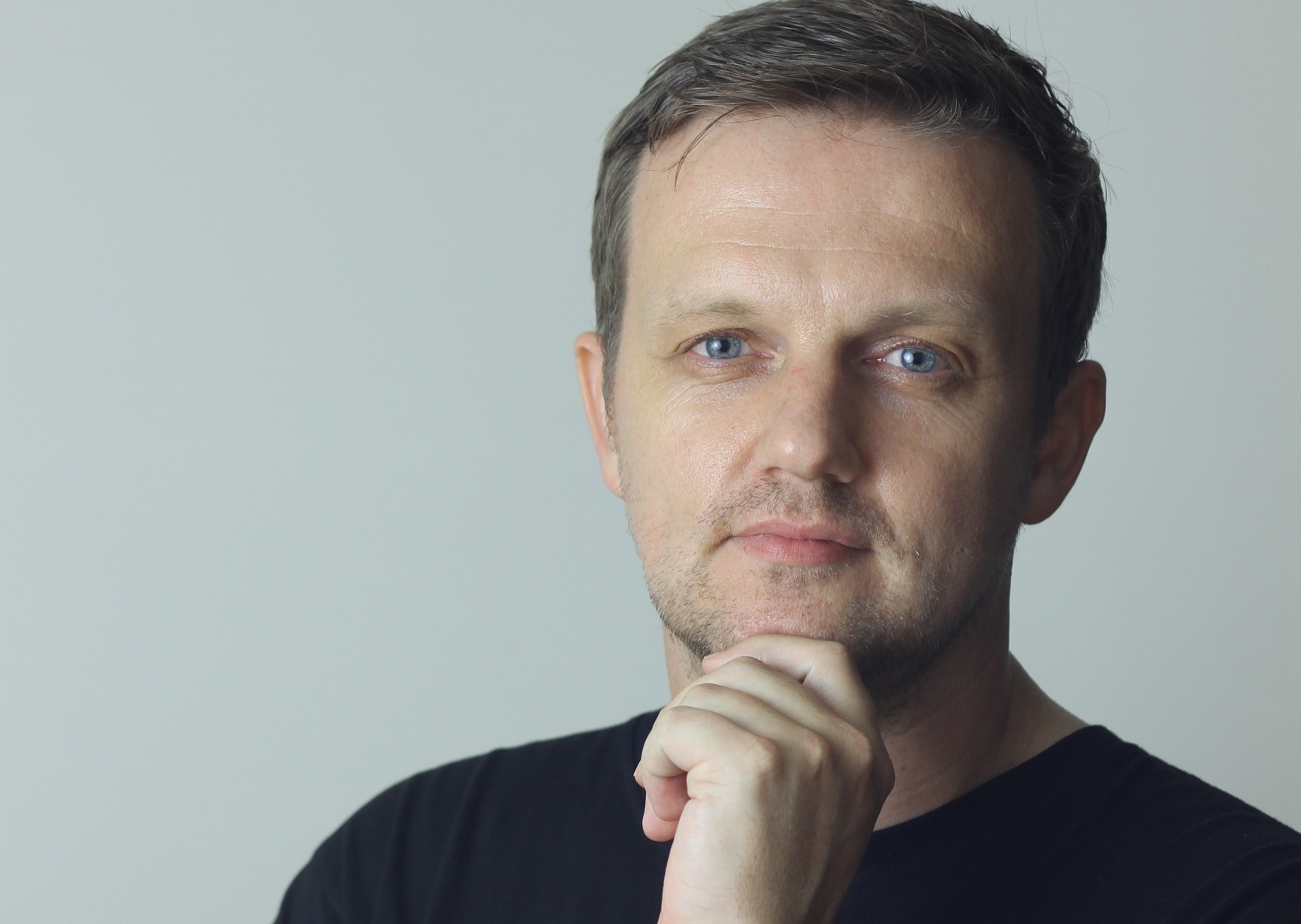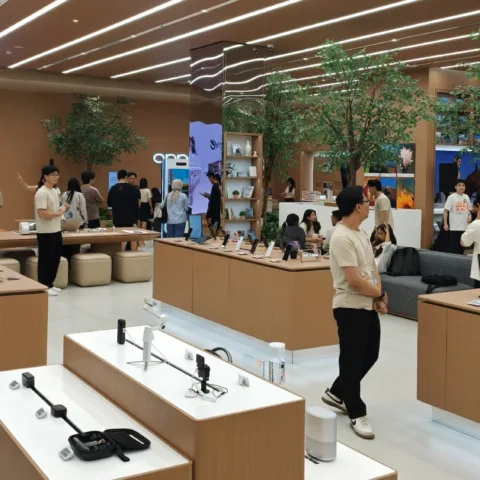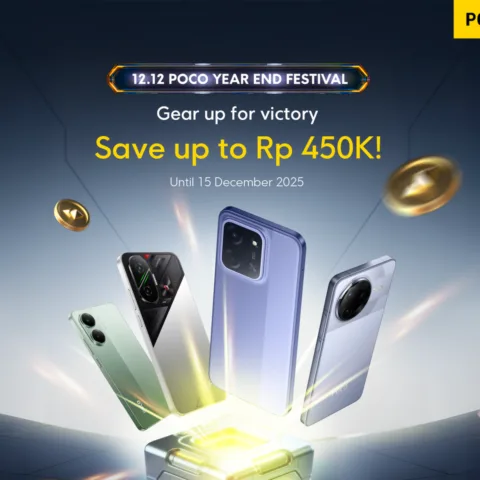 Editor’s note: This guest post is written by Remco Lupker, co-founder and director of TokoBagus, a popular e-commerce site in Indonesia. He wrote about his opinion on advertising, especially a website on traditional media in Indonesia from his TokoBagus TVC experience. Remco originally wrote this article on his blog on November 5, 2011, we have permission to repost this article.
Editor’s note: This guest post is written by Remco Lupker, co-founder and director of TokoBagus, a popular e-commerce site in Indonesia. He wrote about his opinion on advertising, especially a website on traditional media in Indonesia from his TokoBagus TVC experience. Remco originally wrote this article on his blog on November 5, 2011, we have permission to repost this article.
Recently Tokobagus launched its second TV campaign and being responsible for all marketing in Tokobagus I get a lot of reactions and questions on this topic. Basically the reactions vary from “you’re just burning money” to “awesome” and the questions mostly focus on the results and how we measure the results. Time to give some insights in our reasoning, experiences and how results are measured and analyzed. Does offline advertising of an online product or service make sense?
First off, I would like to say “don’t try this at home” meaning be really careful before starting any kind of big offline campaign on TV or radio. To let it make any sense in terms of impact you’re risking a load of money which in a lot of cases is much better spend in online marketing. Almost without any exception I feel extremely strong about promoting online products and services online. Any online marketing has the advantage of momentum, meaning a click on your ad can immediately lead to a conversion. The success of any online “hard-sales” campaign can also be measured instantly with a high accuracy.
This is all not the case with TV or radio campaigns. You don’t have the advantage of momentum, of instant conversion. The results are almost impossible to measure and any measurement you do is bound to be more an indication than something accurate. Now I’m known to bash on investors but in this case I got praise our investor that they had the guts and vision to enable us to advertise Tokobagus on TV and radio. Even realizing that the whole project was an extremely expensive test, not saying what we spend on it but imagine a number higher than $ 500.000, a lot higher.
In March of 2011 we launched our first campaign in which basically we communicated what Tokobagus is. The right word for our strategy would be “feature selling”, we emphasized the what is and why Tokobagus.
In the second campaign we connected with Ramadhan and tried to bring Tokobagus closer to the people by showing an everyday example in which someone could benefit from using Tokobagus. In short, we communicated what problem Tokobagus could solve. Below our TV ad but here already a short explanation for our foreign readers. The TVC is about Agus who desperately needs money. It’s Ramadhan and soon it will be Lebaran in which he will visit his family and needs to bring gifts for everyone. Not meaning this in a religious way but in some way Lebaran can be compared with Christmas. The period before a lot of money is spend of presents for family. To help Agus raise the needed money he’s pointed to his storage room in which there are many items he never uses anymore but can be converted into money by selling them on Tokobagus.
Why TV or Radio?
In my opinion any offline marketing and especially mass media like TV and Radio is good for branding. Not so much hard selling especially when it involves an online service. In our case we try to connect the brand Tokobagus.com to trading online so that when people think about trading online Tokobagus.com will be their first destination. Advertising on TV and Radio is not about hard selling, generating traffic or more conversions. Though TelSell is an example of hard selling aimed at direct conversions there are some differences. TelSell has a website but is aiming at you picking up your phone and order something. Also companies like Telsell and ringtone companies mostly advertise in the off hours.
So when you consider doing a TV or Radio campaign consider that it’s mostly about branding. Also, creating a brand isn’t something you accomplish in one or two campaigns, it’s all about repetition so if you don’t have the budget for that you best stay away from it.
When to consider TV and radio advertising?
I realize this is a really personal opinion which can easily be argued and contested with some examples. However, I think it only makes sense when you’ve already has build a strong presence and user base for your site. Launching your startup and starting with a TV campaign will surely create a huge spike in traffic but chances are traffic will fall back just as fast as it spiked. Something that becomes really clear when looking at the traffic history of plasa.com. So before you do any offline attempts make sure your online strategy is in place and perfected. Online marketing and SEO always have to come first, but that’s just my opinion.
What and how to measure the effect?
Even though we know TV advertising is all about branding we look at all website KPI’s first. What was the effect on visits, page views, direct traffic and conversions? Branding is nice and can give a huge advantage on the competition, I think we wouldn’t have done a second campaign if the first didn’t move the needle. Though a TV campaign will amplify everything you do on the marketing side, the real success is measured by direct traffic and branded searches.
Second, you try to measure the effect on all kinds of brand awareness amongst your target group. This is mostly done by companies like Nielsen, where Nielsen has the advantage of having a huge TV panel who they can survey. In the end you’ll get a report comparing pre- and post-campaign awareness and then it’s up to you to decide how to make sense of it all. It definitely is an indicator of the success or failure of a campaign but then determining whether 40% in unaided brand awareness and let’s say 15% extra growth in traffic justifies the investment.
And then there are loads of things that are impossible to measure but still can be game-changing and justifying the investment. Executing a nation-wide TV campaign places your brand among the big brands, which definitely will open many doors which were previously closed. You know: “Big brand do business with big brands”.
And then there’s this thing called “the long tail effect”, which is basically the long term effect of branding on your success. This can’t be measured at all and the problem always is how and to what marketing effort you assign certain successes to.
Why doesn’t it make sense?
To make things a bit more confusing, here’s some reasons why you should never do a TV campaign for your website:
- In an emerging market like Indonesia with only 21% Internet penetration is like shooting blind folded in the sky hoping to hit something;
- Your competitors also benefit from you educating the market. It wouldn’t be the first time where company X invests heavily in offline promotion and educating the market and company Y benefits the most by it, simply because their product is better. MAKE SURE YOUR PRODUCT IS THE BEST OUT THERE!
- People have a short memory;
- No momentum advantage which you do have in online marketing;
- Spending $ 500k on Google Adwords is much more a sure thing;
Conclusion
I think it’s clear that this topic is far from an exact science and it has a lot to do with the vision you have and how you see the market and the competition. Obviously we were happy with the results of the first campaign since we’ve also launched a second campaign. Whether we’re happy with the results of the second campaign will show from either launching or not launching a next campaign.
 Remco founded Trustcon Network Solutions in 2001 which was specialized in connectivity & security and active for the leading telco’s in the Netherlands. After having sold the company he founded Soltria Europe and shifted his focus on e-commerce solution. The same time he joined forces with his current business partner Arno Egg to launch Tokobagus.com where he is still shareholder and director. Living as an immigrants in Indonesia he regularly share his thoughts and opinion on the developments in this emerging market. Follow him @remco_l.
Remco founded Trustcon Network Solutions in 2001 which was specialized in connectivity & security and active for the leading telco’s in the Netherlands. After having sold the company he founded Soltria Europe and shifted his focus on e-commerce solution. The same time he joined forces with his current business partner Arno Egg to launch Tokobagus.com where he is still shareholder and director. Living as an immigrants in Indonesia he regularly share his thoughts and opinion on the developments in this emerging market. Follow him @remco_l.











Very curious as to what you think of the campaign: Does it meet your expectations? If you could share what those are – the expectations – and how the campaign meet those?